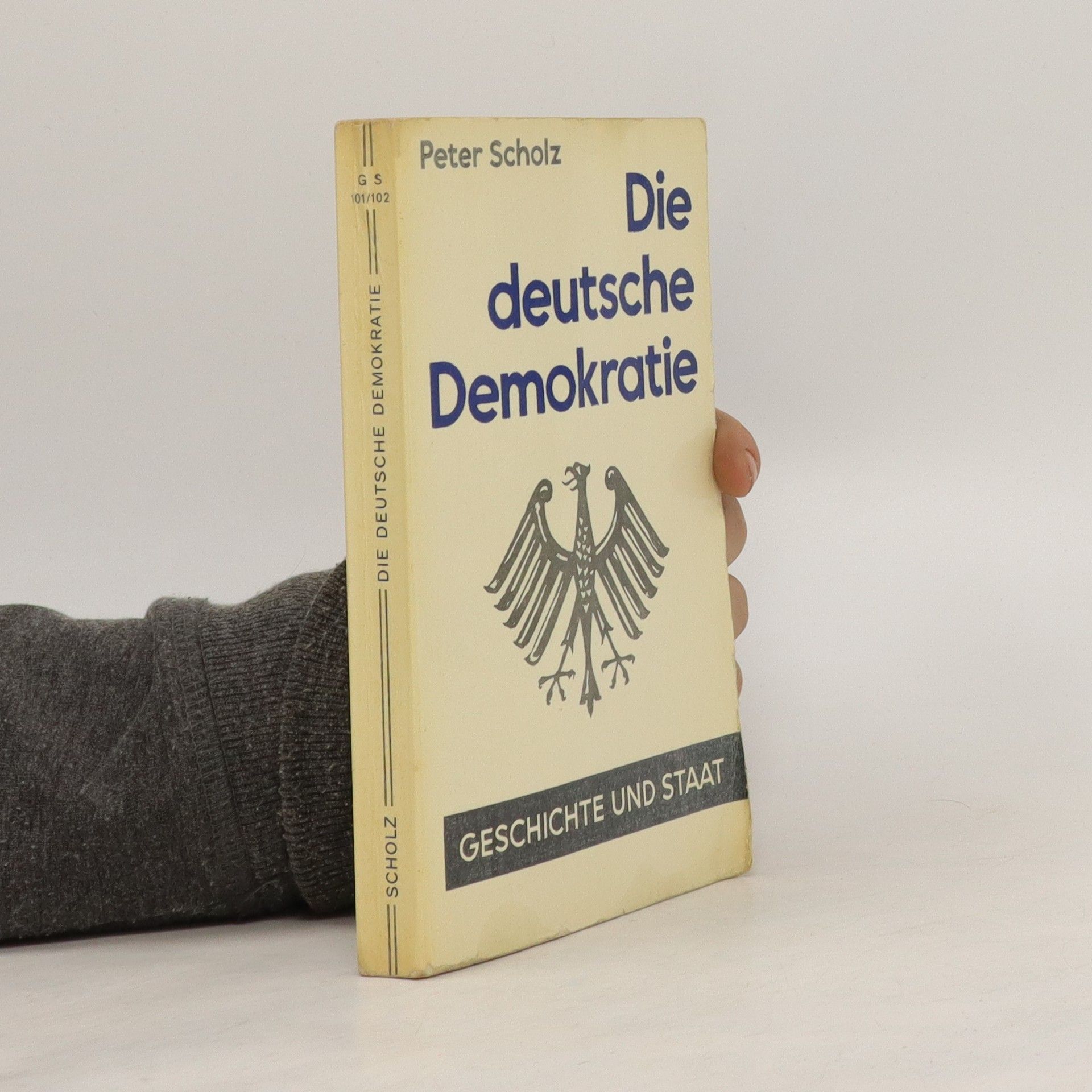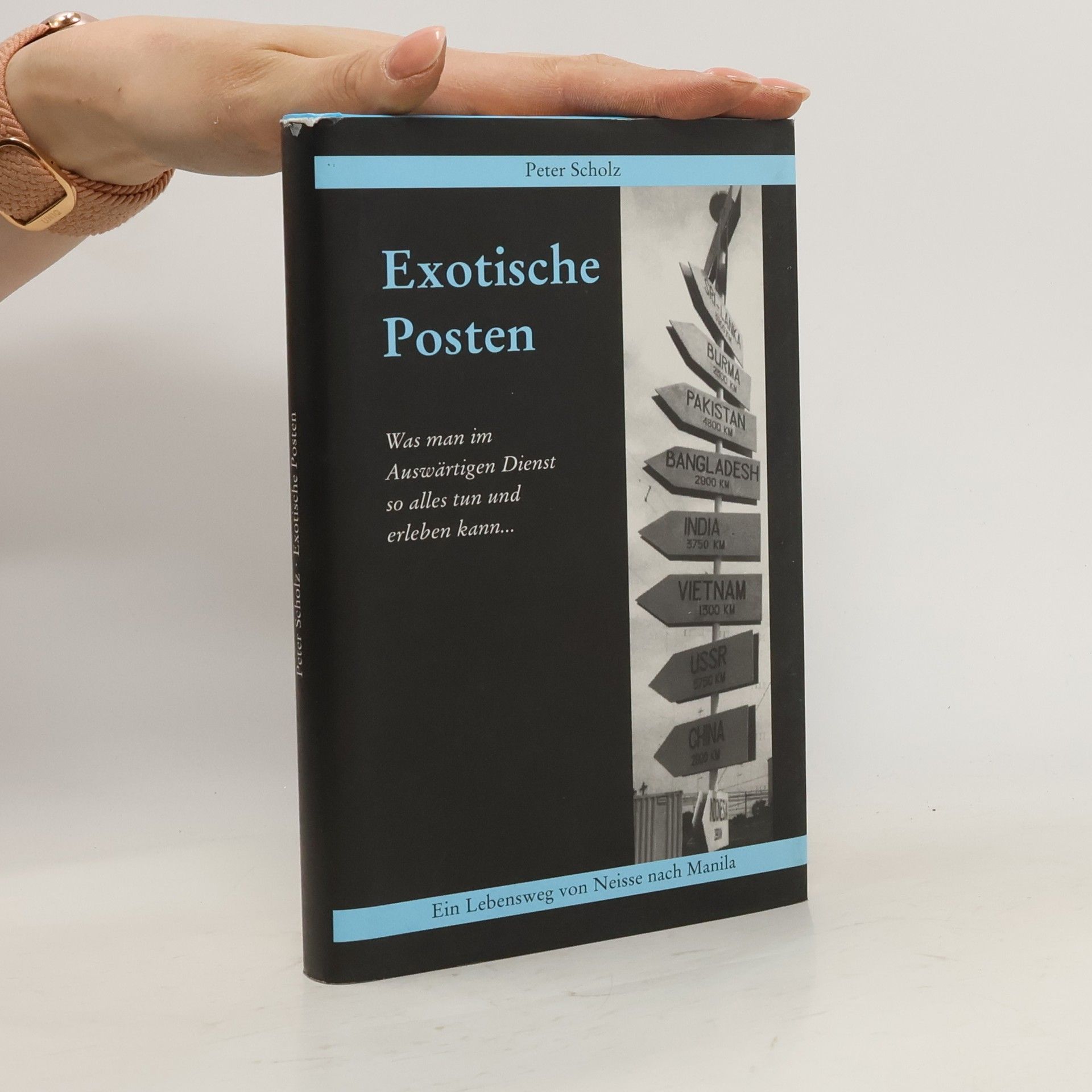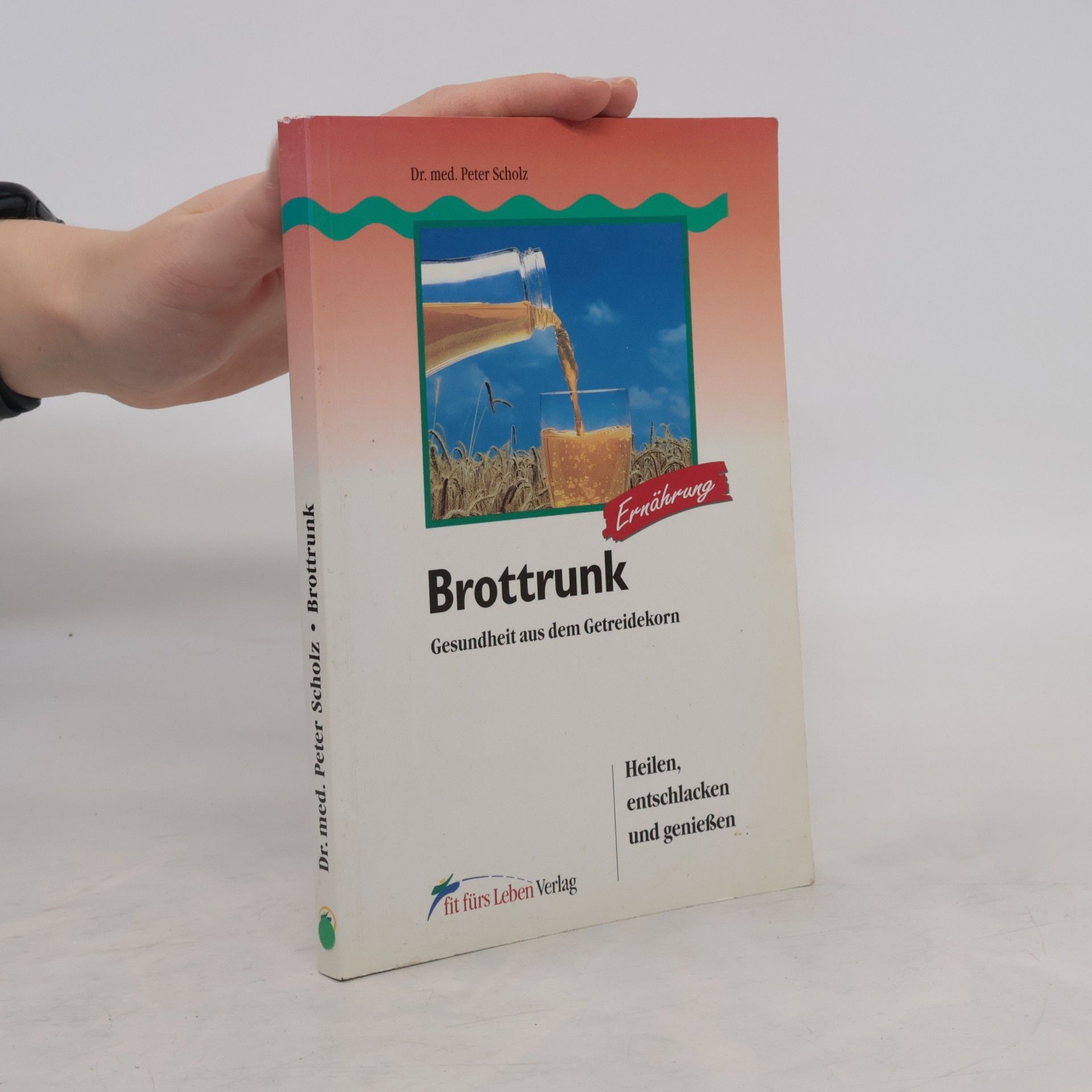Peter Scholz zeichnet das Leben von Lucullus, einem hochgebildeten Feldherrn und Wohltäter der römischen Republik, nach. Er war ein Verteidiger der Freiheit und kämpfte gegen die Ausbeutung der Provinzen sowie die autokratischen Ambitionen von Pompeius und Caesar. Scholz entlarvt die negative Darstellung Lucullus' als Propaganda seiner Gegner.
Peter Scholz Book order





- 2024
- 2022
Die Kunstgeschichte ordnet Werke der Vormoderne oftmals nach Stil, Form und Funktion in bestimmte Schubladen ein. Doch manche Objekte entziehen sich durch ihre Besonderheit jeglicher Kategorisierung und Klassifizierung. Der Band präsentiert eine Auswahl dieser "special objects" aus Mittelalter und Früher Neuzeit.Anschließend an die jüngste Hinwendung der Kunstgeschichte zu objektwissenschaftlichen Fragen und Ansätzen werden vormoderne Objekte vorgestellt, die durch ihre materielle, technische und funktionale Spezifizität aus den üblichen Normen und dem tradierten Kanon ausbrechen. Die hierbei gewonnenen Zugänge und Erkenntnisse ermöglichen neue Verhältnisbestimmungen von Bild und Kunst. Erprobt wird schließlich, welchen Beitrag die Kunstgeschichte zu einer interdisziplinär zu verstehenden Objektwissenschaft leisten kann.
- 1998
Trinken, essen, baden, einreiben – Brottrunk ist ein einmaliges Universalmittel für Gesundheit und Wohlbefinden. Dieser Ratgeber erklärt anschaulich die positiven Auswirkungen von Brottrunk auf die Gesundheit. Die Grundlage dieses besonderen Saftes ist Brot, das nach einem speziellen Verfahren aus biologisch angebautem Getreide gebacken wird. In einem langen Vergärungs- und Fermentierungsprozess entwickeln sich Fermente, Enzyme und Milchsäure. Milchsäure ist für den Organismus besonders wichtig, da sie den Säure-Basen-Haushalt des Körpers reguliert, die Darmflora bei der Abwehr von schädlichen Stoffen unterstützt und den Säureschutzmantel der Haut aufrechterhält. Neben den therapeutischen Möglichkeiten werden in diesem Buch schmackhafte Rezepte vorgestellt. So lassen sich mit Brottrunk neben Fitness- und Verdauungsdrinks auch leckere vegetarische Brotaufstriche sowie Saucen und Dressings zubereiten.
- 1997